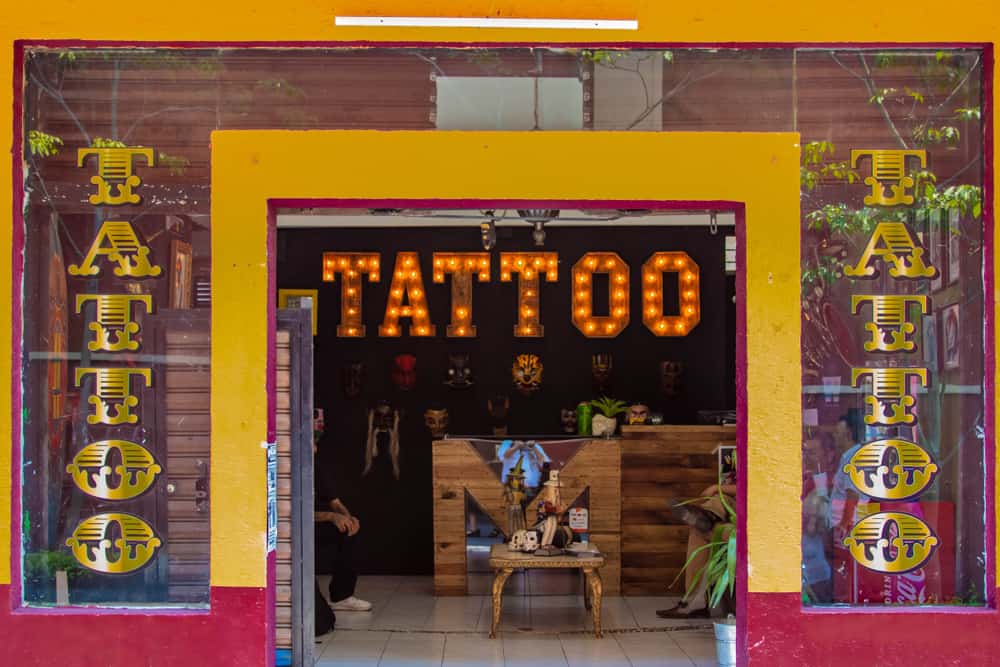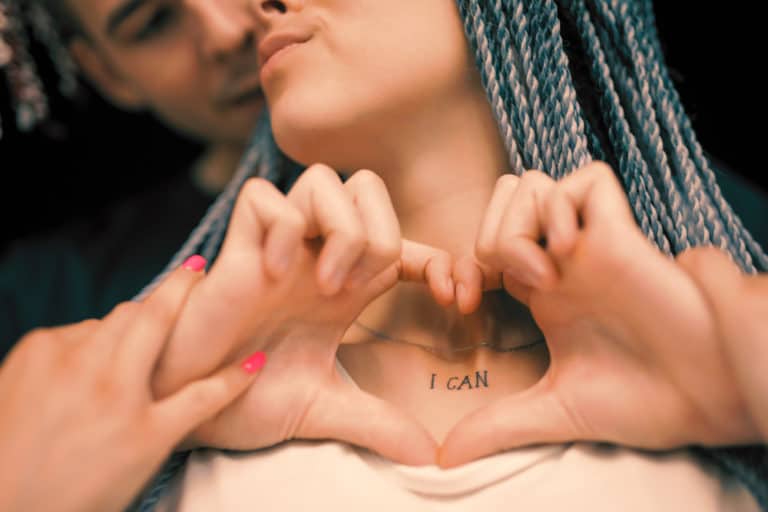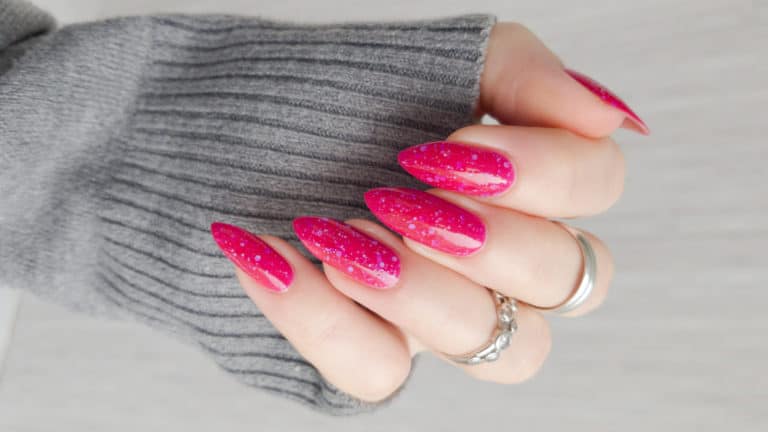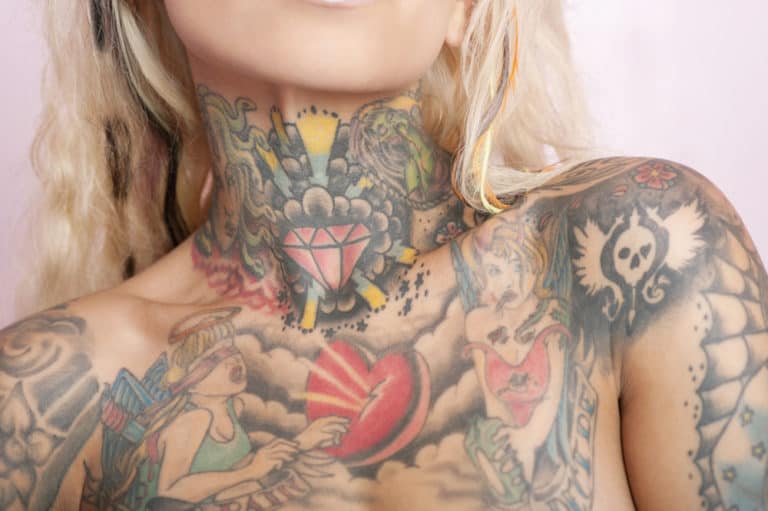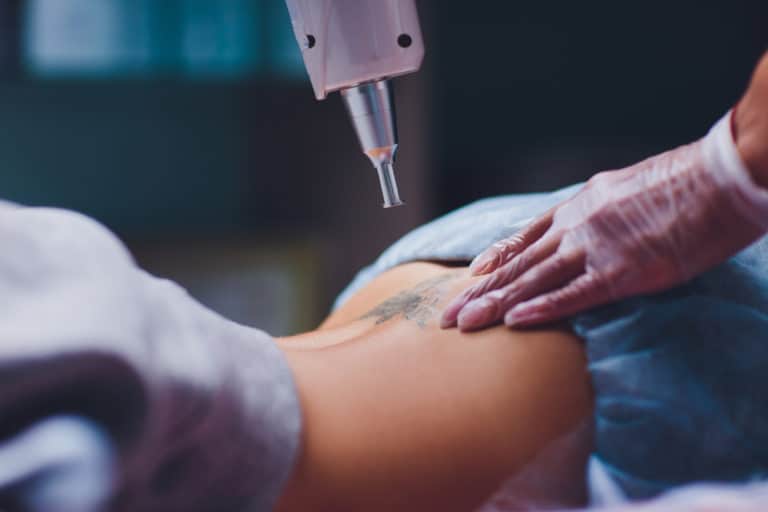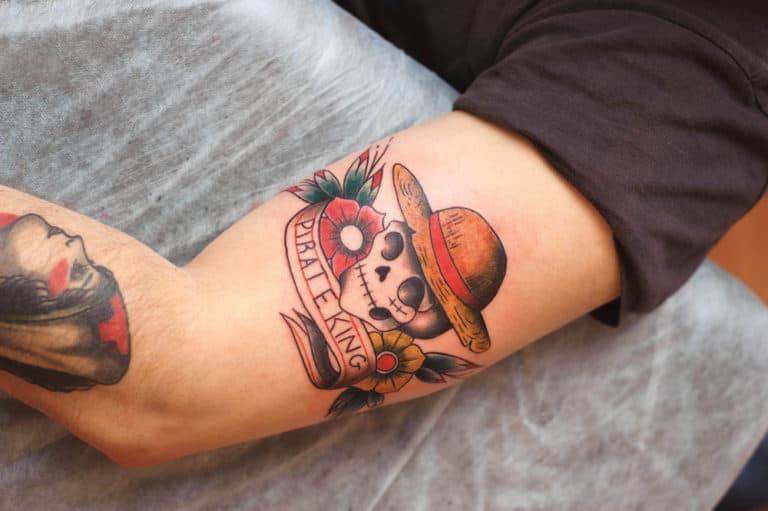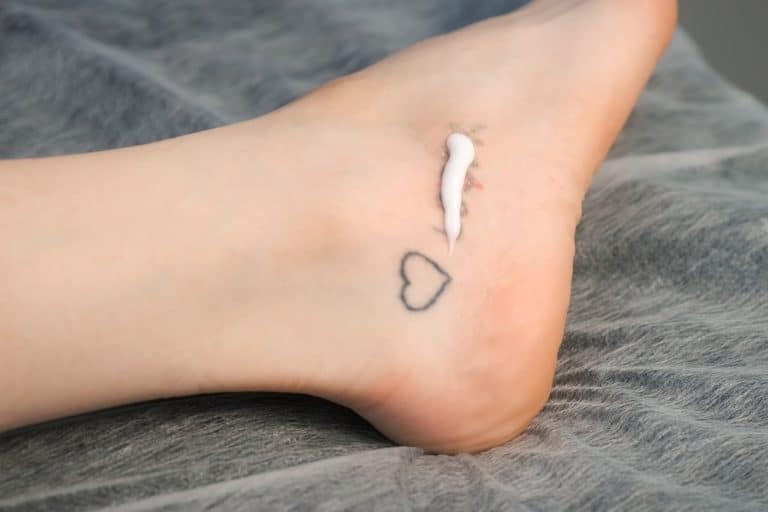How Did Tattoos Become Socially Acceptable?
Editorial credit: Ubuntu Society / Shutterstock.com
Tattoos tell the story of humanity with its ancient tribes, criminals, adventurous sailors, performing circus acts, flapper girls, and hairy bikers. So, considering its dubious (yet colorful past), it’s only natural to wonder how tattoos became socially acceptable.
Tattoos became socially acceptable in the 1970s when regular people started having peace sign tattoos. Rock stars embraced body art in the 1980s, TV stars like Pamela Anderson’s barbed wire arm tattoo became popular in the 90s, and famous singers like Rihanna made tattoos mainstream.
Although tattoos have come a long way since those early days when good boys hid their “bad boy” tattoos, their journey to becoming mainstream has been long and labored. So, if you want to know about its rainbow-colored past – read on!
The History Of Tattoos
The history of tattoos is as old as time as the first evidence of the practice was discovered on the famous Otzi Iceman, which dates to 4000BCE, and it is commonly believed that tattoos were originally administered to promote healing.
It was subsequently used as a form of tribal identification across Asia and became associated with lower classes and criminals across the continent, especially in countries like Japan, where Yakuza gang members used traditional Samurai tattoos.
While in China, criminals were punished with mandatory forehead tattoos, which cemented society’s negative connotations with tattoos.
Sailors in the western world started embracing tattoos, and it soon became so popular that professional tattoo artists started trading in all the major trade route ports.
Martin Hildebrant was the first tattoo artist in the USA who created Civil War-era tattoos for opposing Confederate and Union soldiers.
Why Tattoos Were Not Sociably Acceptable
Before the mid-twentieth century, tattoos were not socially acceptable as they were commonly associated with circus performers or fully tattooed people who were displayed as popular attractions, including traveling sailors or other shady characters.
From 1910 tattoos were mostly used by a select few to tell a person’s life story and proudly display their profession, so sailors would use iconic anchor tattoos and add to their impressive tattoo collections in every port they visited, and they all had their symbolic meanings.
However, by the roaring twenties, women started secretly using cosmetic tattoos like lip liners and eyebrow tattoos even though it was socially unacceptable and associated with criminals or lower classes.
While tattoos were still frowned upon by the 1930s, people were issued social security numbers, so a few started tattooing them on their bodies to remember them. While these tattoos were seen in a less negative light, they were still frowned upon.
Fortunately, tattoos became more acceptable due to the timeless Norman Keith Collins designed
“Sailor Jerry” color tattoo catapulted the popularity of WWII-era patriotic tattoos for men and women with military-style and nautical designs in bright, iconic colors.
By the 1950s, society became more conservative, and tattoos were only popular with ‘bad boys’ who wanted to show how macho they were by getting mostly nautical-themed chest tattoos. However, tattoos were still associated with gangs and criminals.
While legendary singers like Janis Joplin and numerous other celebrities flocked to tattoo parlors in the 1960s, bikers started getting iconic ‘skull and crossbones’ tattoos, and people avoided getting inked due to the rumor that New York tattoo parlors spread hepatitis.
How Pop-Culture Made Tattoos Socially Acceptably
By the 1970s, tattoos became so popular and mainstream that they were readily accepted, which meant that regular people started rocking peace symbol tattoos, and it was seen as socially acceptable.
So, a new, more intricate tattoo design evolved, which spearheaded the new era of the bodysuit, or full sleeve tattoos in the 70s counterculture.
By the onset of the 1980s and the age of rebellion against the status quo, rock stars made having tattoos a lot more popular, so their fans started getting more prominent tattoos with colorful designs or bold Celtic knot tattoo designs.
It was the era in which tattoos completely lost their social stigma, so it was no surprise that Pamela Anderson’s iconic barbed wire arm tattoo became so popular in the 1990s.
Other 90s tattoo designs included Chinese letters and sun designs, including tribal tattoos, which sparked global debates about the ethics of appropriating traditional symbols in the West.
By the beginning of the “noughties,” 21st-century stars like Rihanna made wearing tattoos even more sociably acceptable, so back tattoos or “tramp stamps” was the norm, interspersed with trendy butterfly motifs and Yin-Yang designs that became commonplace.
The 2010s have seen the onset of smaller tattoos in less traditional places like behind the ears or on fingers with creative and quirky designs featuring infinity symbols, tribal tattoos, including feathers, and novelty mustache finger tattoos.
Why Tattoos Are Now Mainstream
So, why have tattoos become so mainstream and socially acceptable?
The answer to that pertinent question is not that straightforward, and there are several theories ranging from making a statement about who you are as a person to being hardcore and rebellious.
Another theory is that body art is a rite of passage in the US, which is underscored by the fact that roughly 36% of 18-29 years olds have at least one tattoo, and according to a published study by the American Academy of Dermatology, 24% of 18–50-year-olds have tattoos.
If you need any further evidence that tattoos are now socially acceptable, especially in a professional setting, then the University of Iowa is a great example.
The University has formerly adapted its professional appearance policy for their hospitals and clinics to stipulate that visible body art or tattoos are acceptable during their working hours, so their staff cannot be discriminated against based on their appearance.
Fortunately, society has evolved to such an extent that body art is no longer shameful or hidden away and can be proudly displayed even in more narrow-minded communities that would have shunned those with tattoos not too long ago.
Conclusion
Tattoos hide a colorful past filled with ancient tribes, Yakuza gangs, shady criminals, seasoned sailors, and carnival acts that firmly entrenched all its former negative connections.
But with the rise of 70s peace-sign loving flower children, iconic eighties rock stars, and flirtatious “noughties tramp stamps,” – tattoos became socially acceptable and are fortunately here to stay.
Some of my favorite designs, tattoo books, and aftercare products, selected for you
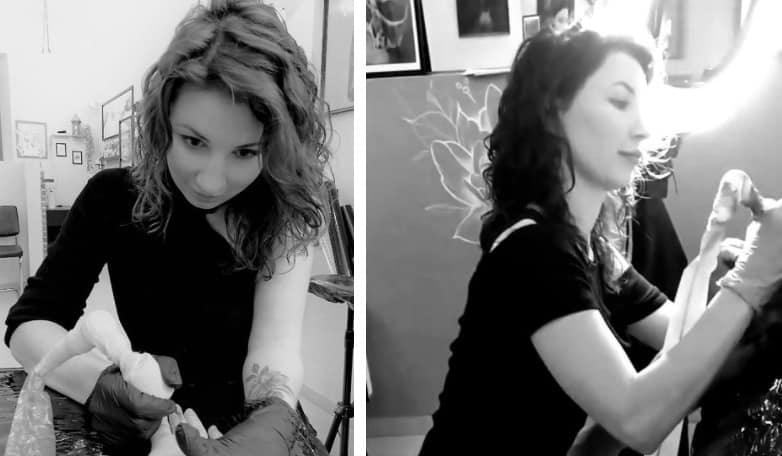
Thank you for reading my article, I hope that you have found it helpful. If you would have trouble finding ideas for your tattoo, wonder what is meaning of design that you have found or what to buy for aftercare, to make sure that your tattoo will be healing quickly and easily, here are some of my favorite products in one place, hope that this will also help.
Design and tattoo ideas
For some ideas you can have a look at those 3 books with hundreds of designs that I use with my clients, they are available on Amazon for Kindle or in classic, paper version (links below):
- Great Book of Tattoo Designs, Revised Edition: More than 500 Body Art Designs (Fox Chapel Publishing) Fantasy, Celtic, Floral, Wildlife, and Symbol Designs for the Skin by Lora Irish
- The Big Book of Small Tattoos – Vol.1: 400 small original tattoos for women and men by Roberto Gemori
- Tiny Tattoos: Over 1,000 Small Inspirational Artworks by Rebecca Vincent.
Tattoo meaning
If you would like to read more about the meaning of different tattoo styles and designs before you will decide what you would like to have, I can recommend a book that was really useful for me when I was starting my tattoo adventure – it’s “Conscious Ink: The Hidden Meaning of Tattoos” by Lisa Barretta (through the link you can find it on Amazon for around $10).
Tattoo aftercare
The skin at the tattoo site often dries out. To prevent it and speed up healing for my clients, I usually recommend one of those tattoo aftercare balms (you can find them on Amazon):

